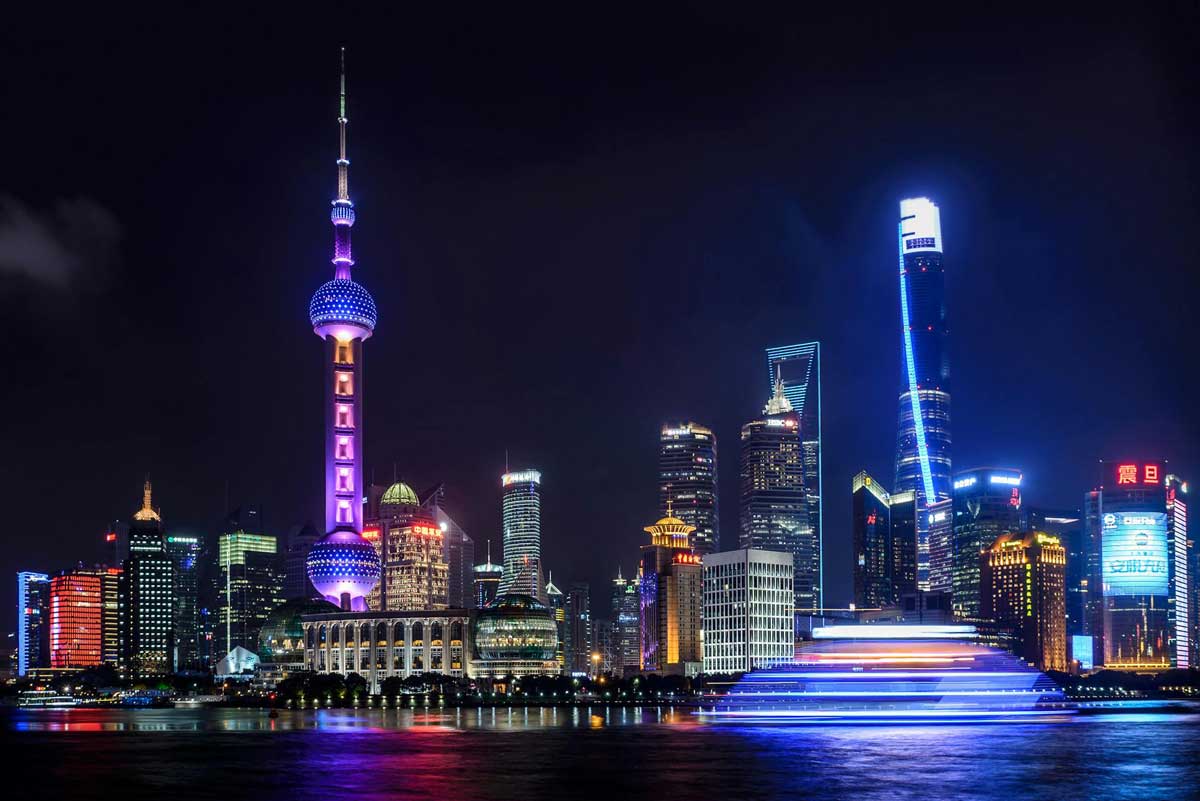The Asian Century thesis rests on several compelling factors with specific data backing them up. Firstly, Asia boasts a demographic advantage. The region is home to over half the world’s population, with China and India leading the pack. According to the United Nations Department of Economic and Social Affairs, in 2023, Asia has an estimated population of 4.7 billion, which is more than 59% of the global total. This translates to a vast labor pool, driving economic growth and innovation.
Secondly, the economic liberalization policies adopted by many Asian nations, particularly China, have unlocked phenomenal economic expansion. The World Bank reports that East Asia’s GDP per capita grew by a staggering 4,338% between 1960 and 2018, lifting millions out of poverty. China has emerged as the world’s second-largest economy with a GDP exceeding $18 trillion in 2023, while India is projected to become the third by 2030, boasting a GDP surpassing $8 trillion.
Asia’s strength lies not in uniformity but in the dynamism of its many economies and political landscapes. Developed nations like Japan and South Korea with established democracies coexist with developing economies like Vietnam and Indonesia with evolving political landscapes. While China’s authoritarian model, characterized by state-driven capitalism, has fueled its rapid growth, democracies like India face challenges like poverty and social inequality. This heterogeneity suggests a more nuanced picture than a singular “Asian Century.”
The Asian Century narrative also faces significant hurdles that require careful consideration. The demographic dividend, a population bulge driving economic growth, is aging rapidly in some Asian countries. According to a 2023 report by the Population Reference Bureau, East Asia’s working-age population (ages 15-64) is projected to decline by 2.1% by 2050. This could lead to labor shortages and strain social security systems, potentially hindering long-term economic growth.
Widening income gaps within some Asian countries could dampen domestic consumption, potentially acting as a brake on long-term economic growth. The Asian Development Bank reports the Gini coefficient, a measure of income inequality, to be above 0.4 in several Asian countries, indicating significant disparities. This could lead to social unrest and political instability, further jeopardizing the Asian Century dream.
Political instability and territorial disputes pose further challenges to regional cooperation and economic integration, essential ingredients for a true Asian Century. From the South China Sea disputes to ongoing tensions between India and Pakistan, unresolved conflicts create a volatile environment that hinders regional collaboration.
The global landscape is also in flux, posing challenges to the notion of a singular Asian Century. The rise of other developing economies like Africa and Latin America suggests a multipolar world order, not just an Asian-centric one. The International Monetary Fund projects Sub-Saharan Africa’s GDP to grow at an average rate of 5.2% between 2023 and 2025, showcasing its burgeoning potential.
The United States, while facing its challenges, retains significant economic and military power. The US remains the world’s largest economy, with a GDP exceeding $25 trillion in 2023. Despite facing challenges to its hegemony, the United States retains significant economic and military influence on the world stage with a budget of US $ 916 billion and a force of 1.3 million active-duty personnel.
Currently, Asia boasts a significant working-age population. According to the World Bank, in 2020, over 60% of East Asia and Pacific’s population was between 15-64 years old, compared to the global average of 62.3%. This “demographic dividend” has been a major driver of economic growth. However, a McKinsey Global Institute report estimates that by 2030, automation could displace up to 800 million jobs worldwide, with a significant portion likely to be in Asia. Repetitive tasks in manufacturing, a sector where Asia is a powerhouse, are particularly vulnerable.
Don’t discount the Asian Century just yet. While automation presents a hurdle, Asia’s path to global dominance remains strong. The economic might of the region is undeniable. By 2040, the McKinsey Global Institute predicts Asia will control over half of the global GDP, translating into significant political and cultural influence. Furthermore, a burgeoning middle class, estimated to reach 3.5 billion by 2030 according to the Brookings Institution, creates a massive consumer base and fuels domestic demand.
Asia is also a hotbed for technological innovation. Tech giants like Huawei, Alibaba, and Tencent from China are not just chasing Western companies, but actively pushing boundaries in AI, e-commerce, and digital infrastructure. This spirit of innovation is further fueled by government investment in R&D. South Korea, for instance, heavily invests in areas like semiconductors and robotics, aiming for global leadership in these crucial technologies.
Asia’s large workforce, while challenged by automation, also presents an opportunity. With a history of adapting to economic shifts, Asian countries can leverage their workforces by investing in education and training to equip them for the automated future. Asia’s cultural DNA, woven with a spirit of innovation and a willingness to take calculated risks, will be a breeding ground for new businesses and industries. This entrepreneurial drive will allow them to not only adapt to automation but also leverage its potential to fuel further economic growth.
Singapore exemplifies successful economic transformation. It transitioned from a manufacturing hub to a knowledge-based economy focused on finance, technology, and education. China’s story is another example. Their massive investments in infrastructure, manufacturing, and technological innovation have fueled their economic rise. While challenges remain, China’s economic clout is undeniable.
The future won’t be without its bumps, but Asia’s economic muscle, technological prowess, and adaptable workforce position it for dominance in the coming decades. By addressing internal issues like income inequality and social unrest, and by capitalizing on its strengths, Asia can solidify its place as the world’s leading economic and potential political power.
The Asian Century is not a preordained destiny but a path paved with both opportunities and challenges. Whether this century truly belongs to Asia will depend on the region’s ability to navigate these complexities, foster inclusive growth, and emerge as a responsible steward of the global order.
